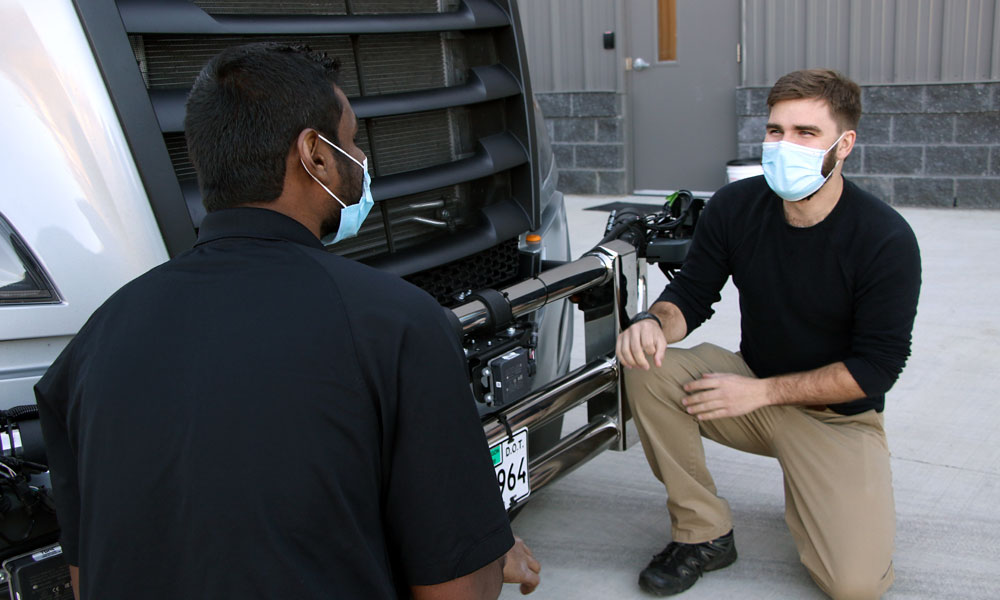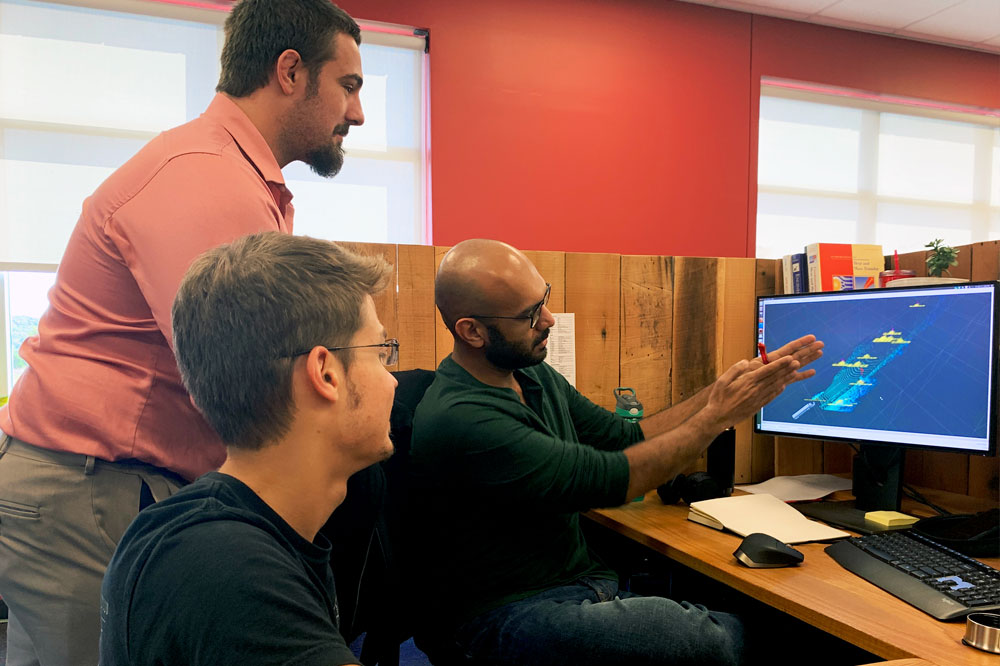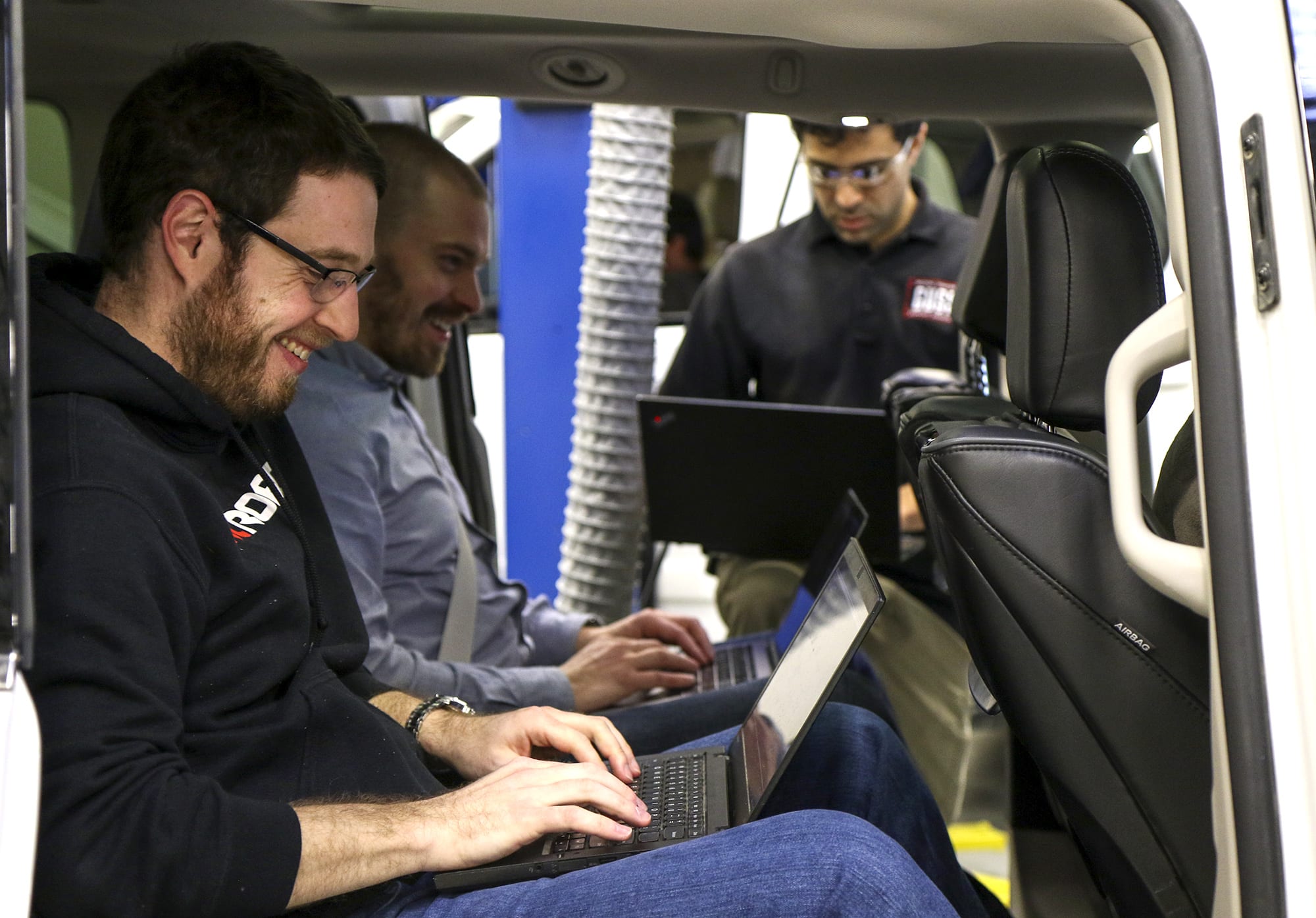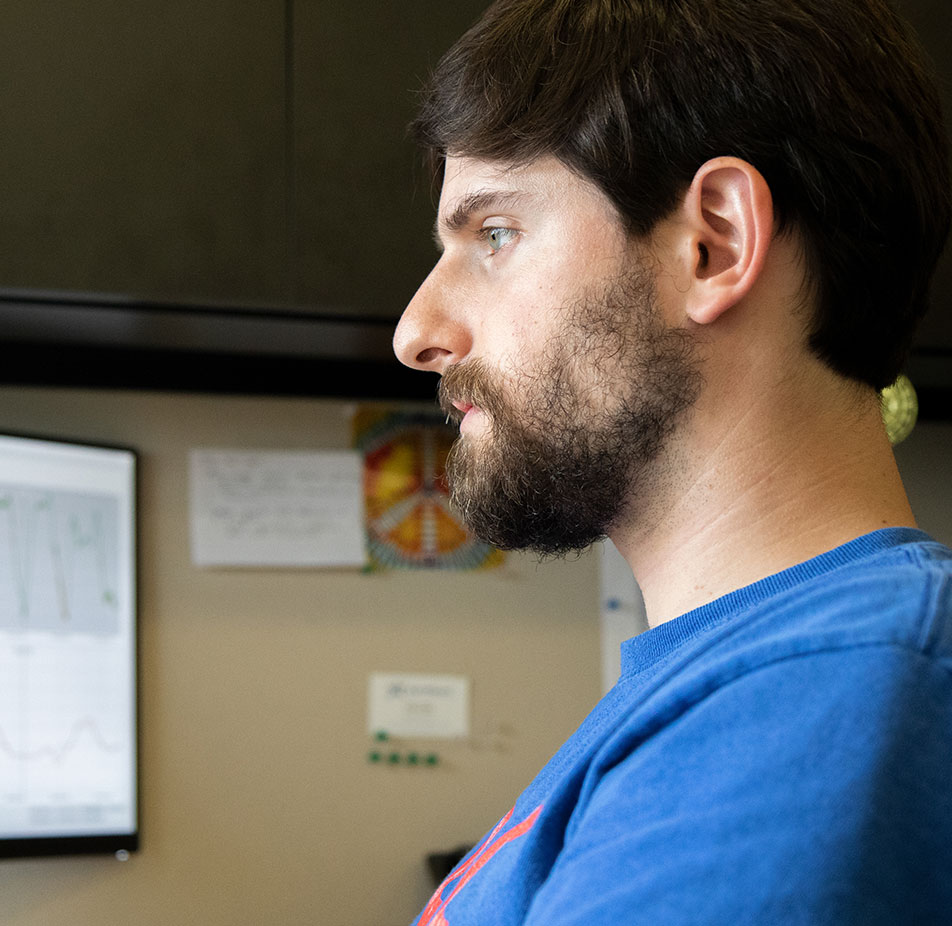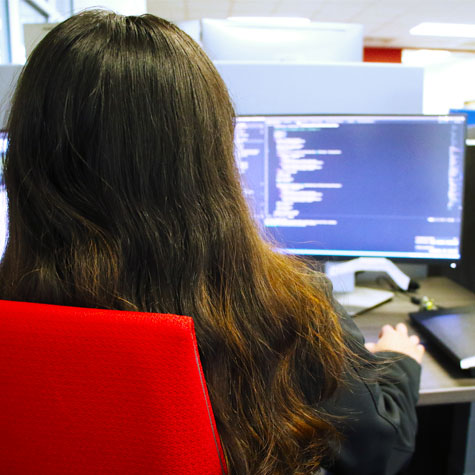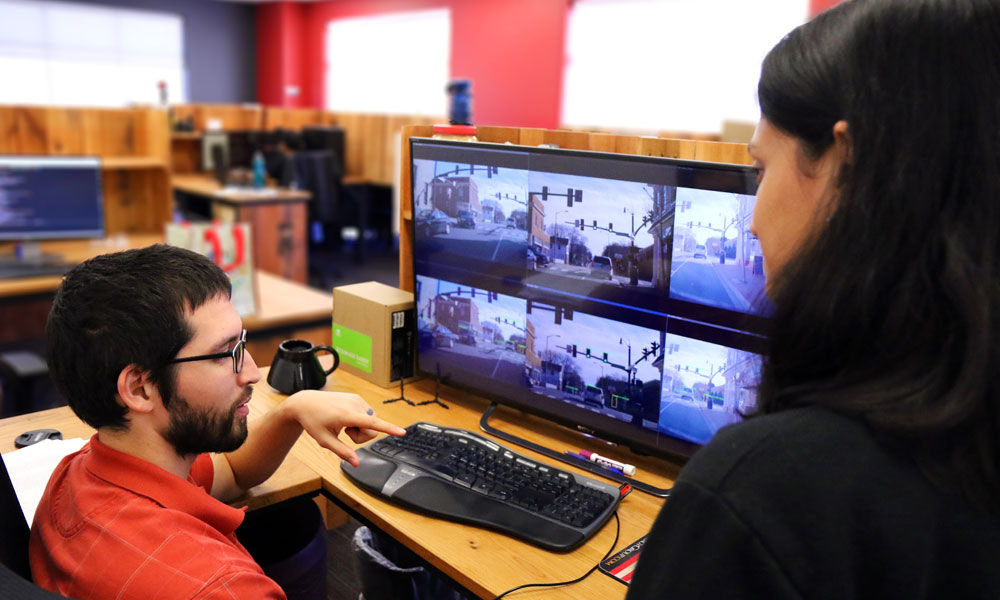Perception
Perception is responsible for converting sensor and vehicle data into representations of the real world. This includes active sensing and information fusion where sensor data is used to create algorithms that detect and identify objects for Torc’s autonomous driving system. Through machine learning, this data allows our system to learn how to visually identify certain objects and add more detail than could be provided with raw sensor data. For example, we use machine learning to teach our system how to identify traffic lights or determine the difference between a pedestrian and a light post.
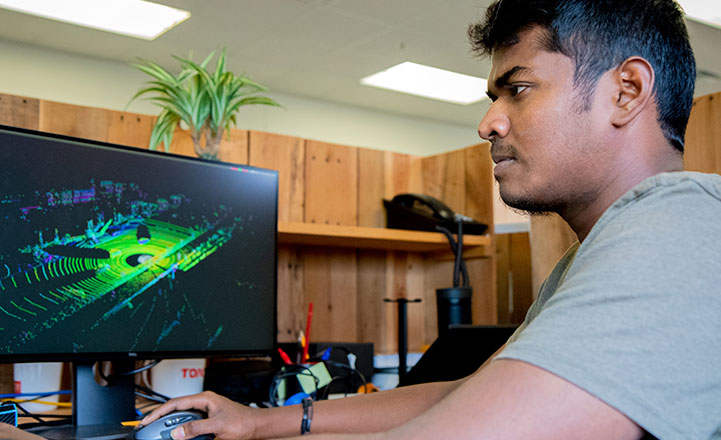
Mapping & Localization
Autonomous vehicle maps must be more specific than the typical maps a human would use for navigation. Mapping develops the 3D environments and routes on which our autonomous vehicles drive. They work with the Localization team to ensure the system always knows its location and can get to its destination.
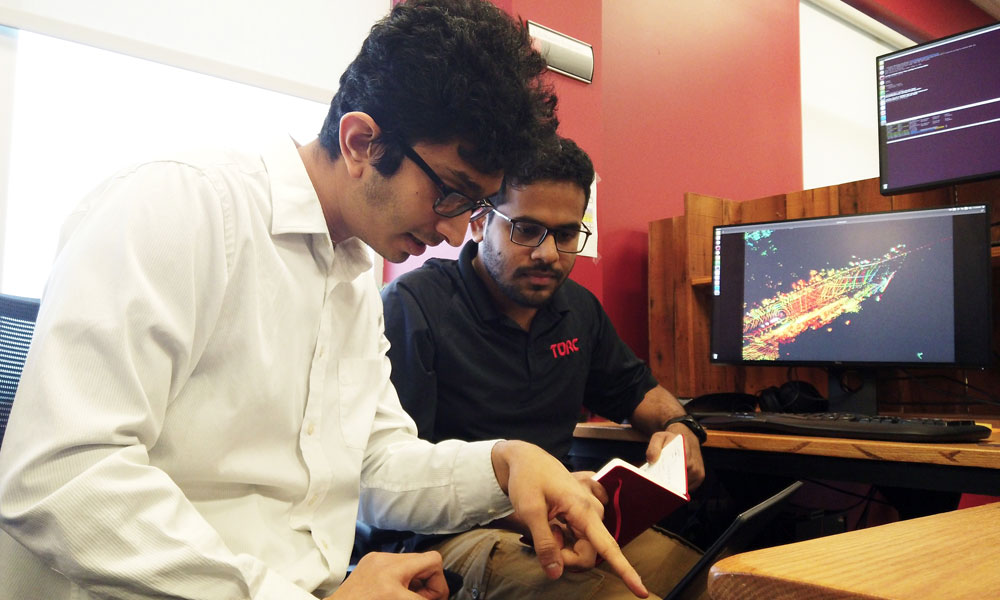
Behaviors, Planning & Controls
Behaviors, Planning and Controls focuses on how Torc's autonomous driving system should act, plan and execute maneuvers when operating. For example, merging on a busy highway requires the vehicle to determine the right spot to merge with the flow of traffic while adjusting acceleration to safely complete the merger. Controls is responsible for how the vehicle executes its behaviors and planning in the real world.
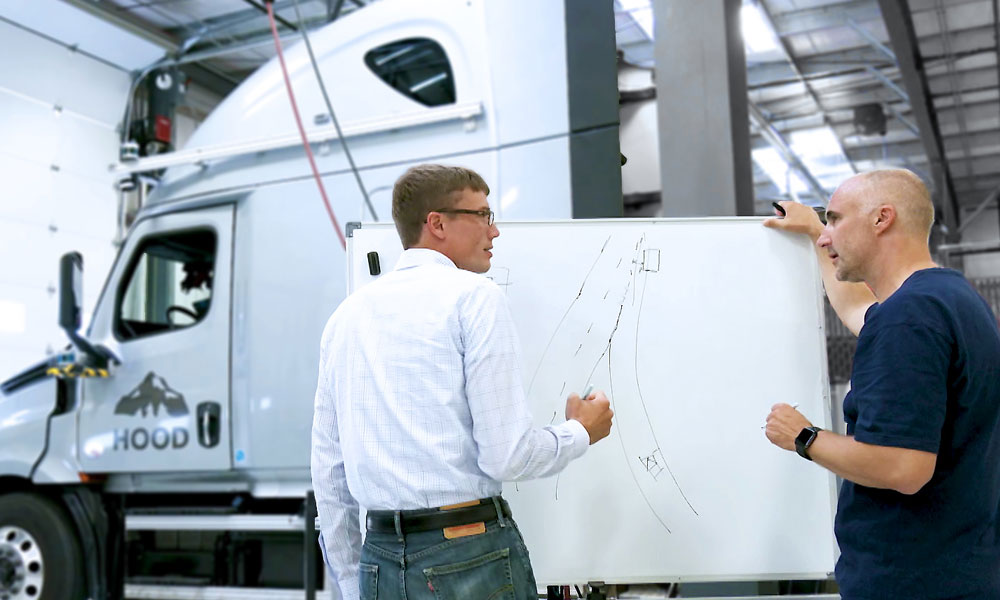
Infrastructure & Tools
Infrastructure and Tools manages software deployment and maintain Torcc's technical infrastructure. They also create the web applications and backend tools that enable testing and data analysis for our self-driving vehicles.
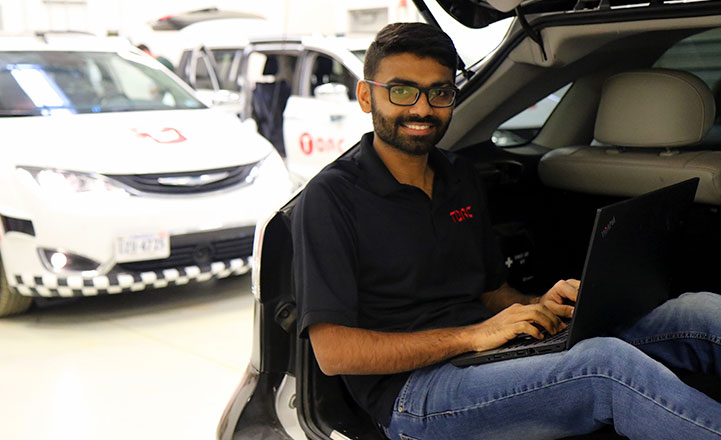
Vehicle Safety & Testing
Safety is the main goal of Torc's autonomous driving system, and thus safety and testing engineers are critical to every stage of our development. Safety and Testing works to ensure that we can test and verify new capabilities and standardize safety protocol and practices for all teams. Learn more about the Safety and Testing team.
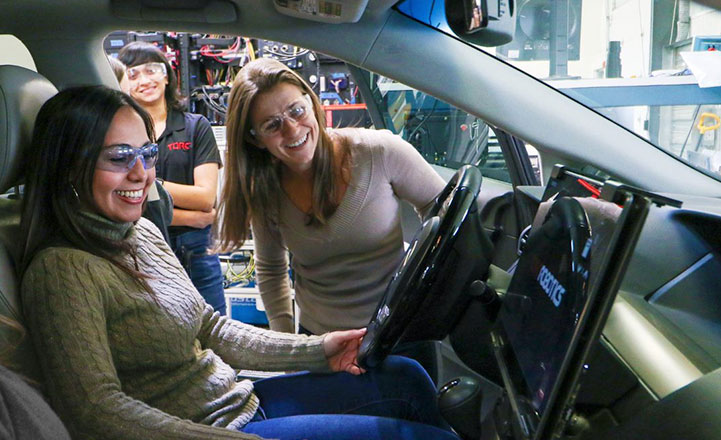
Software Development Management
Software Development Management is primarily responsible for team management. They are focused on resource allocation, workload prioritization, backlog maintenance, cross-functional team collaboration, talent selection, team onboarding, career development, and performance management.
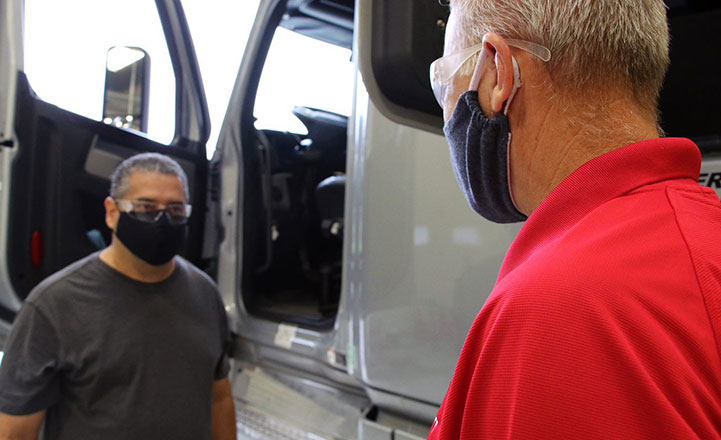
Systems Engineering
Systems Engineering oversees the integration of multiple components and software development to ensure that individual components work well by themselves and as part of a system. They also manage deployment involved in integrating and testing new software and hardware into the vehicle.
